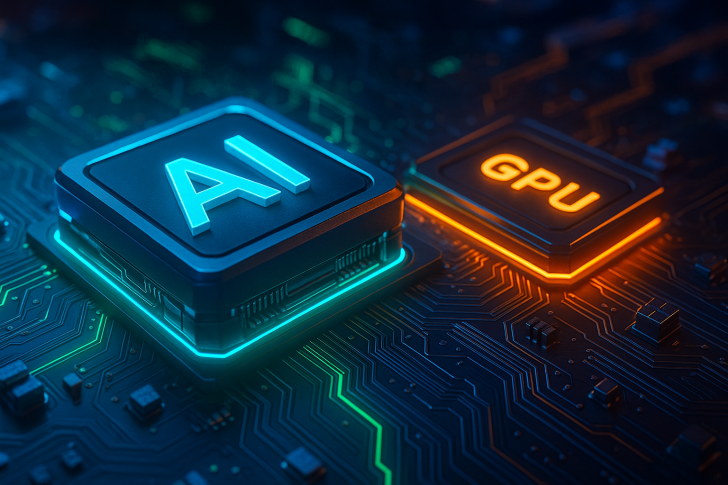⬤ A New Strategy Combining Two Worlds
Bit Origin just dropped a new game plan that brings together GPU cloud computing with its mining setup, all while AI activity keeps putting massive pressure on GPU supplies everywhere. The company's teaming up with Aethir to create a decentralized compute platform that can handle both AI workloads and traditional proof-of-work mining at the same time. This move comes right when demand for AI development has created serious GPU shortages across pretty much every major market out there.

⬤ How the Hybrid Model Actually Works
Here's the deal: Bit Origin's combining GPU Cloud Compute from Aethir with its mining operations to build an ecosystem where AI processing, PoW mining, and DOGE-based economic activity all run on the same network. The whole point is to redirect GPU resources in a smarter way that takes some pressure off the system as AI continues to explode. This isn't just Bit Origin either—it's part of a bigger trend where crypto miners are shifting their infrastructure toward decentralized compute networks instead of just sticking with proof-of-work.
This shift reflects a broader trend in which crypto miners are adapting their infrastructure to decentralized compute networks rather than relying solely on proof-of-work activity.
⬤ Real Benefits for AI Developers
Bit Origin says this approach can seriously cut costs for AI builders and researchers by giving them access to shared GPU resources at way better prices. Plus, decentralized compute setups can speed up model training by spreading the workload across a bigger network. The company's basically saying this is what happens when scarcity forces innovation—especially when AI demand is growing faster than traditional supply chains can keep up with.
⬤ What This Means Going Forward
Bit Origin's push toward a hybrid AI-and-mining network shows just how much artificial intelligence and blockchain infrastructure are starting to overlap. As decentralized compute models keep evolving, they could change how GPU capacity gets divided up, expand what mining hardware can actually do, and maybe even reshape how new technologies deal with resource shortages in high-demand situations.
 Marina Lyubimova
Marina Lyubimova

 Marina Lyubimova
Marina Lyubimova


